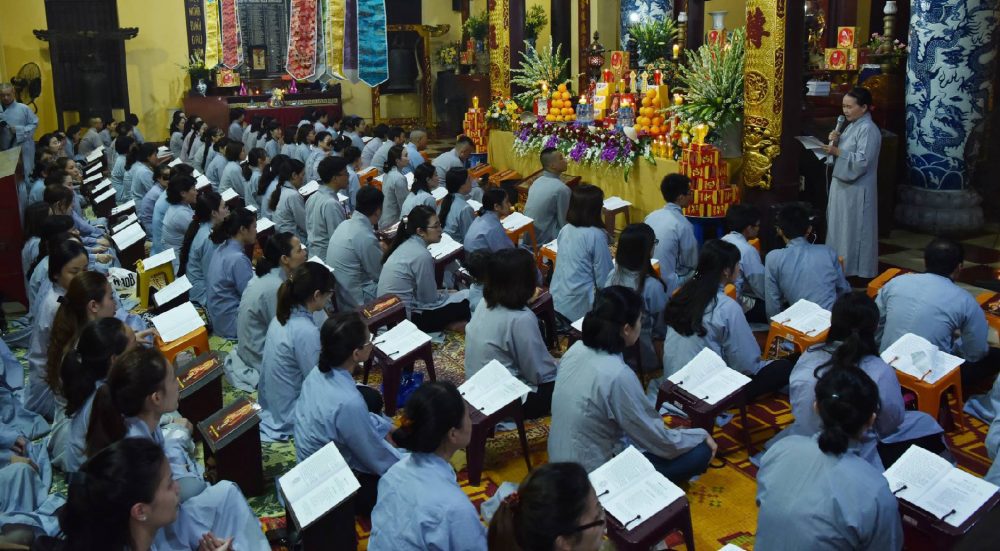QUAN SU PAGODA – THE MOST SACRED PLACE IN THE CAPITAL
Quan Su Pagoda is one of the ancient and sacred locations in the heart of Hanoi city. Most visitors and Buddhists, when visiting Hanoi, cannot ignore this place. Let’s find out about this pagoda in this article below!
1. Where is Quan Su Pagoda?
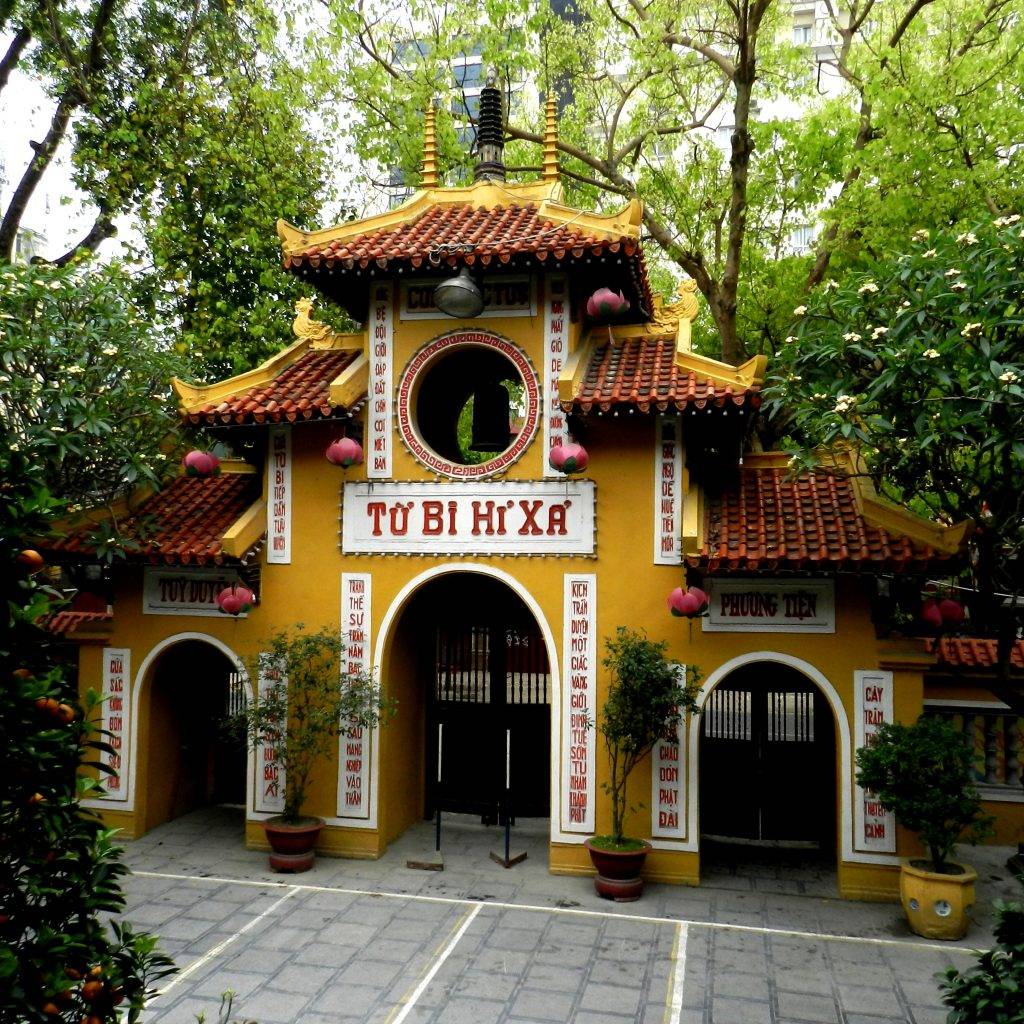
The pagoda is located at 73 Quan Su Street, Hoan Kiem District, only 1km from Hoan Kiem district. The location is convenient for visitors. The space inside the pagoda is tranquil, not hustle like in the capital. Traveling to Hanoi, visitors should go on a pilgrimage to Quan Su Pagoda from 6 am to 7 pm. Because this is the center of the capital, you can move by car, motorbike, and park it at some shopping centers, shops, supermarkets nearby, then walk to the pagoda.
2. History of Quan Su Establishment
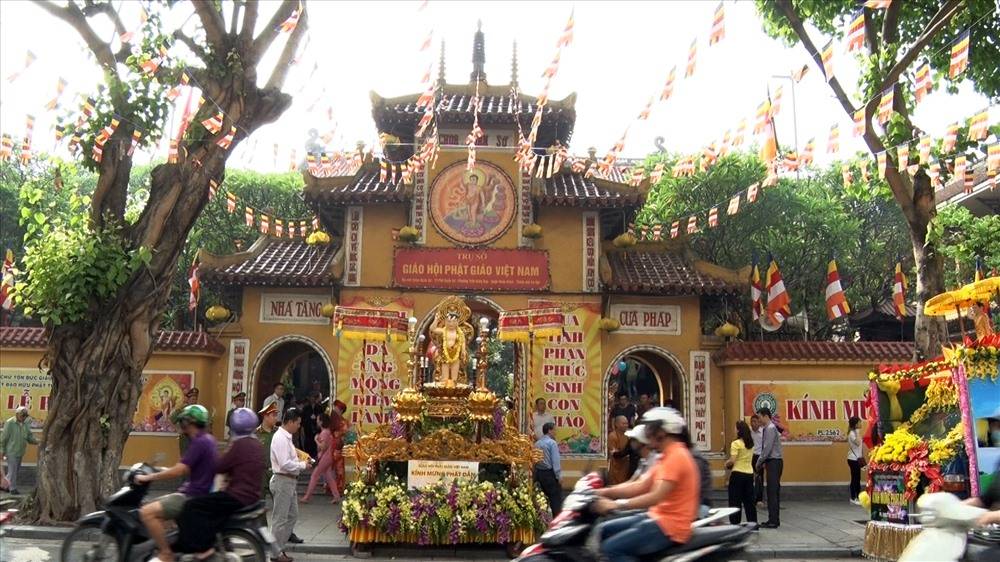
Legend has it that the pagoda was built in the 14th century, during the reign of King Tran Du Tong. At this time, the court of our country received envoys of Chiem Thanh, Ai Lai, Nam Chuong, and Van Tuong. As a residence for these envoys, King Tran built Quan Su building to stay. Because the ambassadors were all from the nation worshipping Buddha, the king made a pagoda at the legation.
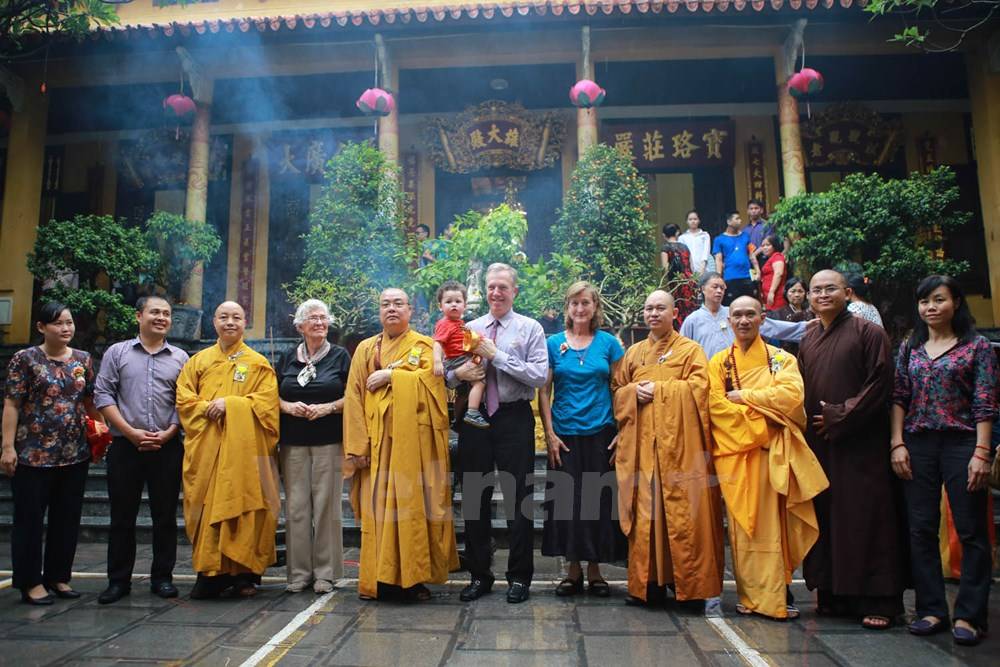
Today, the legation above is no longer available, but the pagoda is still named Quan Su, which exists till now. There is also a legend of another doctoral professor that the pagoda was built during the reign of King Le Trang Tong (1533 – 1548).
3. The architecture of Quan Su Pagoda
Going to the pagoda, besides attending the festivals, worshipping Buddha, you can also admire the unique architectural works from the Tran Dynasty.
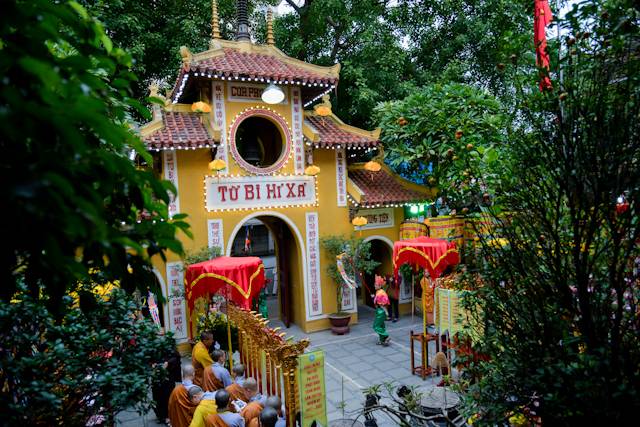
The place has undergone several renovations, according to the design of two famous architects. When looking from the gate, the pagoda is bold with the ancient style of the Northern midland, with a dome-shaped architecture covered with redfish scale tiles.
Another feature of the pagoda is that the opposite sentences or its name are also written in the national language. Inside, the temple grounds are tiled. The shrines are painted yellow with the wooden door frames to create an ancient and pure look of Buddhism.
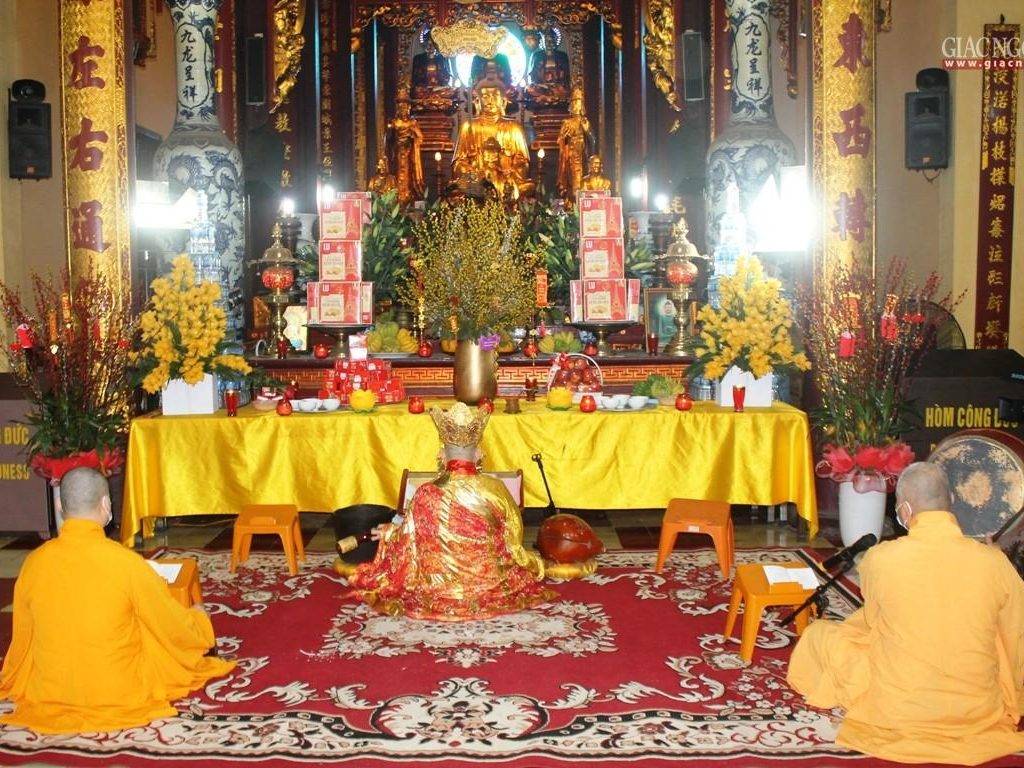
Visitors go more than a dozen steps from the main yard to reach the main hall. The statues of the Buddha are decorated decently, and the large statues are gold creating solemnity. In this area, you can light incense and bless. Then, go deep inside the palace, the highest place is to worship the three Buddhas, followed by the statue of Amitabha Buddha in the middle. At the same time, the two sides are the statue of Avalokiteshvara Bodhisattva and Bodhisattva Mahāsattva. At the end is the place to worship the Bodhisattva Buddha and Kṣitigarbha.
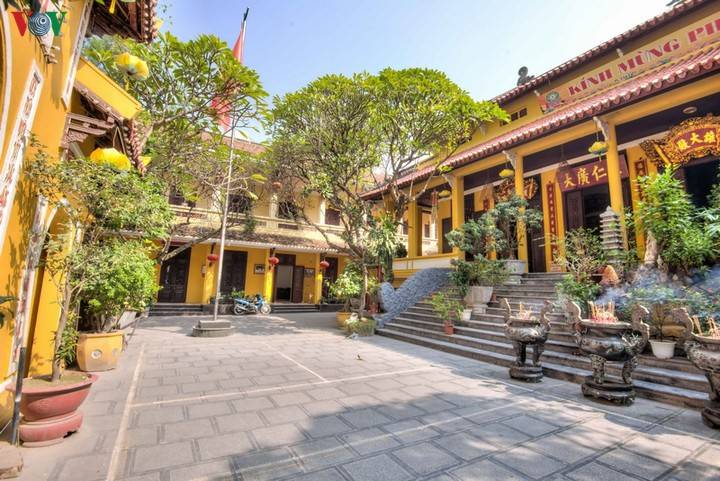
After walking on the pilgrimage, worshiping at the pagoda, visitors can move out to enjoy the delicious vegetarian food. This is the center of the city, so visitors can easily go to famous places in Hanoi, such as Ho Guom, Church, Dong Xuan Market, Hanoi Ancient Town.
